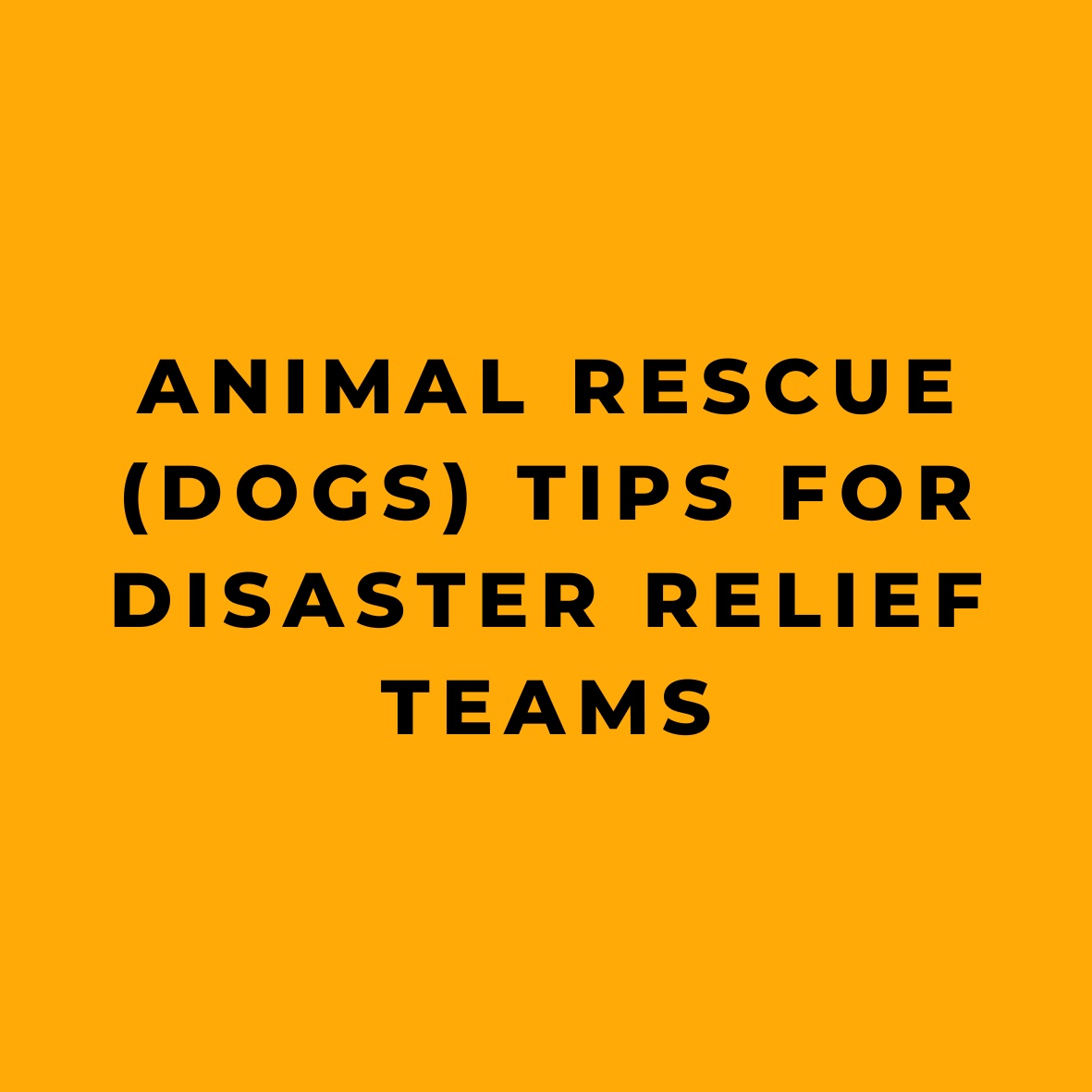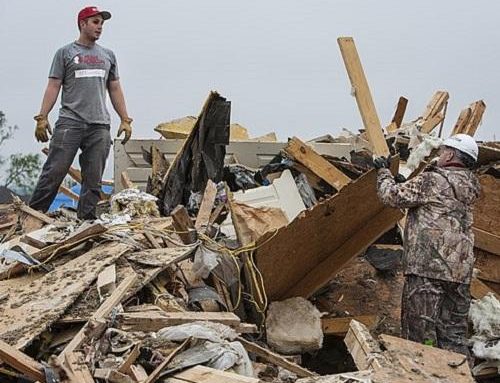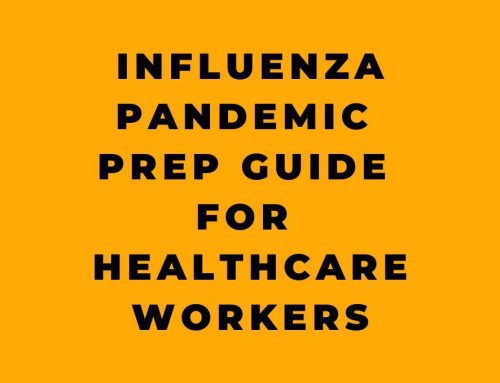When it comes to rescuing animals during disasters, only qualified personnel with experience in animal behavior should take on the task. Be prepared by maintaining an up-to-date list of skilled animal rescuers who can serve as first responders. Inexperienced disaster responders or volunteers should consult the designated animal control officer for guidance.
Key Points:
- Evacuation: Whenever possible, pets should be evacuated alongside their owners.
- Capture risks: Approaching animals can be hazardous, and attempts to capture them should be made with great caution.
- Animal behavior: Be aware that even unprovoked dogs may bite or exhibit aggression.
Animal Capture Guidelines:
- Assess the situation and react accordingly.
- Be alert to warning signs of an impending animal attack, such as a stiff, raised tail; perked ears; raised hair on the back; barking; or exposed teeth. Keep in mind that even friendly dogs can bite or attack when frightened or in pain.
- For non-aggressive animals: Utilize approved muzzles, slip collars, leashes, and/or food lures.
- For aggressive or unpredictable animals: Employ snare poles, restraints, and humane traps.
- Use sedation when necessary.
Avoiding Dog Bites:
- Stay as still as possible and refrain from making direct eye contact.
- Place a barrier, like a trash can lid, between you and the aggressive dog.
- If you fall, protect your head by curling into a ball with your hands over your ears, and remain motionless.
In Case of Attack or Bite:
- Use dog repellent if the dog attacks, but avoid using it to maintain distance or if there’s a risk of spraying others, particularly children.
- Clean wounds immediately with soap and seek prompt medical assistance. Secure and monitor the offending dog.
Proper Equipment & Personal Protection:
- Capture animals using humane live traps, catch poles, leashes, cages, appropriate-strength ropes, floodlights, or flashlights.
- Wear suitable bite-resistant gloves.
- Keep a well-stocked first-aid kit on hand.
Animal Rescue Groups
In times of natural disasters, organizations step up to rescue and aid animals in need. Six notable groups include the ASPCA, The Global Alliance for Animals and People, The Humane Society of the United States, Humane Society International, International Fund for Animal Welfare, and World Animal Protection. These organizations, staffed by dedicated volunteers, provide rescue assistance, veterinary care, temporary shelter, and work to reunite displaced animals with their families. Their efforts extend to companion animals, wildlife, and farm animals, ensuring that no animals are left behind in the face of disaster.
FEMA’s Self-Study Animal Emergency Management Course for Pet Owners and Care Providers
If you’re like me, you love animals more than people. You have a pet (or several) that you treat like your own child (or better). You would do anything to protect them from harm, even if it means risking your own life. But what if disaster strikes and you have to evacuate your home? What if you’re separated from your furry friend and don’t know where they are or how they’re doing? What if you encounter injured or abandoned animals in need of help? How do you cope with the emotional stress of losing or saving animals in a crisis?
https://training.fema.gov/is/courseoverview.aspx?code=is-10.a&lang=en
https://training.fema.gov/emiweb/downloads/is10comp.pdf
Don’t worry, FEMA has got you covered. They have a course called Animal Emergency Management (IS-10) that teaches you everything you need to know about preparing for, responding to, and recovering from disasters involving animals. It’s a free online course that you can take at your own pace, and it only takes about two hours to complete. You’ll learn about the roles and responsibilities of different agencies and organizations that deal with animal issues, the legal and ethical aspects of animal care, the best practices for animal sheltering and evacuation, the common hazards and diseases that affect animals, and the psychological effects of disasters on animals and humans.
Sounds awesome, right? Well, it gets even better. The course is full of useful tips, resources, and examples that will make you feel more confident and competent in handling any animal emergency. For instance, did you know that:
– You should have an emergency kit for your pet that includes food, water, medications, identification tags, leashes, carriers, and photos of you and your pet together?
– You should never leave your pet behind in a disaster unless it’s absolutely impossible to take them with you?
– You should contact your local emergency management agency or animal control office to find out where the nearest pet-friendly shelters are located?
– You should avoid touching or feeding wild or stray animals that may be injured or infected by diseases or toxins?
– You should seek professional help if you or your pet experience signs of stress, anxiety, depression, or trauma after a disaster?
These are just some of the nuggets of wisdom that you’ll gain from taking this course. Trust me, it’s worth your time and effort. Not only will you be able to protect your own pet, but you’ll also be able to help other animals and people in need. You’ll be a hero in fur and feathers!
References:










